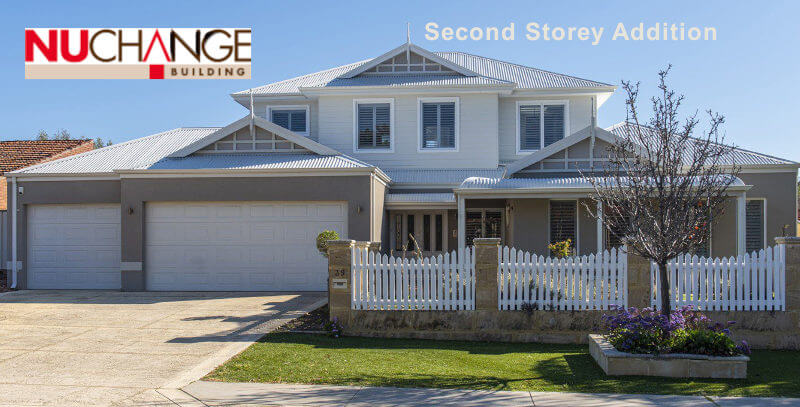What are Australian local government building regulation considerations for additions or renovations?
When it comes to building or renovating a property in Australia, there are a number of considerations that need to be taken into account. This is especially true when it comes to local government building regulations, which can vary from state to state and even within different regions of the same state. In this article, we will explore some of the key considerations that homeowners should keep in mind when planning additions or renovations to their property.
Building Permits
One of the first things you need to consider before starting any construction project is whether you will need a building permit. Building permits are issued by local councils and ensure that your plans comply with all relevant building codes and regulations. Failure to obtain a building permit can result in hefty fines and even legal action. It is important to note that some minor renovations such as painting or changing light fixtures may not require a building permit, but it is always best to check with your local council to be sure.
Zoning Restrictions
In addition to obtaining a building permit, homeowners also need to consider any zoning restrictions that may apply to their property. Zoning regulations determine what types of structures can be built on a particular piece of land and are put in place to ensure the safety and aesthetic integrity of an area. These restrictions can include things like setbacks from property boundaries, maximum building height limits, and requirements for parking spaces. It is important to research these restrictions before starting any construction to avoid any potential issues or delays.
Environmentally Sustainable Design
With a growing awareness of the impact of buildings on the environment, many local governments in Australia have implemented regulations for environmentally sustainable design (ESD). These regulations aim to reduce energy consumption, water usage, and waste production in buildings. This can include requirements for insulation, solar panels, rainwater tanks, and more. Homeowners should research ESD regulations in their area and incorporate them into their building plans to not only comply with local laws but also contribute to a more sustainable future.
Heritage Overlays
For properties that are considered historically significant or have heritage value, there may be additional considerations when it comes to renovations or additions. Many local councils have implemented heritage overlays which protect these properties and their surrounding areas from significant changes that could alter their historical character. This can include restrictions on building materials, colors, and architectural styles. Homeowners should consult with their local council before making any changes to a property with a heritage overlay.
Bushfire Prone Areas
Australia is known for its bushfires, and as such, many local governments have regulations in place for properties located in bushfire-prone areas. These regulations aim to mitigate the risk of damage or loss of life in the event of a bushfire by implementing building requirements such as fire-resistant materials, ember protection screens, and adequate access and water supply for firefighting. Homeowners in these areas should familiarize themselves with these regulations and incorporate them into their building plans.
Conclusion
In conclusion, when planning any additions or renovations to a property, it is important for homeowners to thoroughly research and consider all relevant local government building regulations. This not only ensures compliance with the law but also helps to create a safer and more sustainable built environment. By understanding these considerations and incorporating them into their building plans, homeowners can avoid potential issues or delays and contribute to the betterment of their community. So, it is essential to consider Australian local government building regulations for additions or renovations before starting any new construction project.
